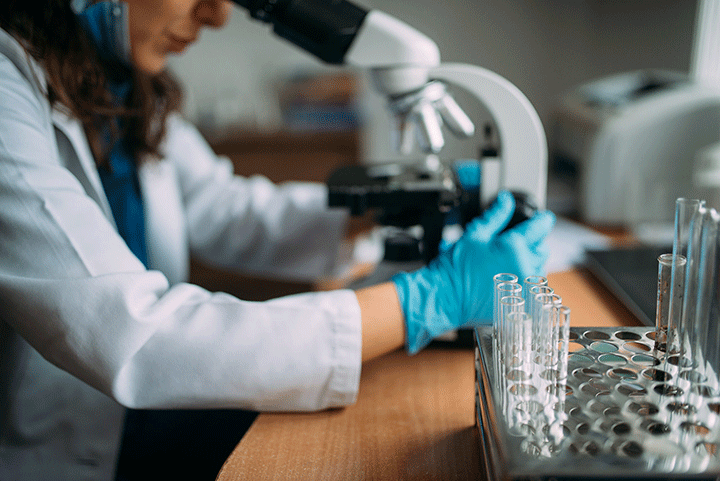What Is a Clinical Trial?
A clinical trial is a type of research study that tests new drugs or drug combinations, procedures, or medical devices in patients with specific diseases or conditions. The goal of a clinical trial is to determine if a potential new treatment is safe and effective. Treatments that are tested in clinical trials have already been studied in the lab (clinical research) for many years before being tested on patients.
To search for available trials visit the Let’s Win Trial Finder.
Watch the short video (below) to learn more about what researchers are testing in the different phases of clinical trials.

What are the types of clinical trials?
Prevention trials look for better ways to prevent disease in people who have never had the disease or to prevent it from recurring. These trials may include drugs, vaccines (including cancer vaccines), lifestyle changes, or close monitoring. Prevention trials are recommended for families with a higher risk of developing a specific disease.
Screening trials test new ways of detecting health conditions. There are a number of early detection trials either going on or under development for pancreatic cancer, including biomarker-based early detection tests.
Diagnostic trials study or compare tests or procedures to better understand how to diagnose a particular disease or condition.
Treatment trials test new treatments, novel drug combinations, or new approaches to surgery or radiation therapy. Many pancreatic cancer trials are of this type.
Quality of life trials (or supportive/palliative care trials) explore and measure ways to improve the comfort and quality of life of people who are living with pancreatic cancer.
What are the phases of clinical trials?
Clinical trials are conducted in a series of steps called “phases,” which build on one another. Each phase has a different purpose and is designed to answer different questions. After a trial is complete, researchers look carefully at the data they have collected. If the results show that the new treatment has promise, the researchers will focus on setting up the next clinical trial phase.
Phase I – Is the treatment safe to use?
A phase I clinical trial assesses whether a new drug is safe for use. The goals are to determine the maximum dose that can be administered and the nature and severity of any side effects. This type of trial is open to a relatively small number of patients, and usually lasts for several months. Patient safety is the main concern in a phase I clinical trial.
In phase I trials, the first few participants in the study are often given a very low dose of the treatment and watched very closely. If they exhibit only minor side effects, the next few participants may receive a higher dose. This process continues until doctors find a dose that is most likely to work while having an acceptable level of side effects.
As a secondary result of a phase I trial, researchers may also look for indications that the treatment is effective; for example, slowing tumor growth or shrinking the tumor in cancer patients. Phase I trials last several months, with 70 percent of drugs moving to phase II.
Phase I trials carry the most potential risk. For patients with a life-threatening illness, weighing the potential risks and benefits carefully is key.
Phase II – Is the treatment effective?
Phase II trials focus on the effectiveness and safety of the treatment under study. This includes assessing the severity of side effects. In this phase, a larger group of participants—up to several hundred—are given the treatment in the trial and are followed for as long as two years.
Researchers measure the effectiveness through blood tests or scans, depending on the disease. They also monitor patient reports of side effects. Some phase II trials may compare standard treatment with standard treatment plus the new treatment, or different doses of the new treatment.
Because there are more patients in phase II trials, less common side effects may also be seen. If enough patients benefit from the treatment, and the side effects aren’t too bad, the treatment goes on to a phase III clinical trial. However, many drugs never go beyond phase II because they show no real beneficial effect against the disease. Only 33 percent of treatments tested in phase II trials move to phase III.
Phase III – Which treatment is better, new or old?
Phase III clinical trials compare new treatments with the current standard of care. This comparison is the real test of a potential new drug. Because doctors do not know yet which treatment is more effective, patients are assigned to receive either the existing standard therapy or the new treatment (this is called a “randomized clinical trial”). Some trials are open—the doctors know which participants are getting what treatment. In a double-blind study, neither the doctor nor the patient knows which of the treatments the patient is getting.
If the new treatment is more effective or causes fewer side effects as compared to standard treatment, it may be approved for general use by the FDA. Only about 30 percent of treatments get approved.







